Understanding Your Cat’s Dietary Preferences
As a cat owner, I’ve always been curious about why my cat won’t eat wet food. It’s a puzzle that many cat parents face, so I decided to dig deeper and find some answers. After conducting research and speaking to fellow cat owners, I’ve come across ten irresistibly tasty reasons that could be behind this mysterious behavior. Let’s explore these reasons and unlock the secrets of our feline friends’ appetites!
Sensory Sensitivity and Texture Issues
Cats have an incredible sense of smell, and Whiskers is no exception. The smell of wet food can be overwhelming for them, making them turn their noses up at it. Sometimes, they might also be picky eaters when it comes to texture. Whiskers, for instance, dislike the slimy feel of certain wet foods.
The Picky Eater Phenomenon: Cats and Texture
Whiskers’ taste preferences are unique, just like any other cat. She has a particular liking for dry kibbles, and the different textures of wet food can be a major turn-off. I’ve noticed that she’s more likely to enjoy foods with a crunchy texture that she can sink her teeth into.
10 Surprisingly Positive Outcomes After My Cat Ate Chocolate: A Tale of Luck and Joy!
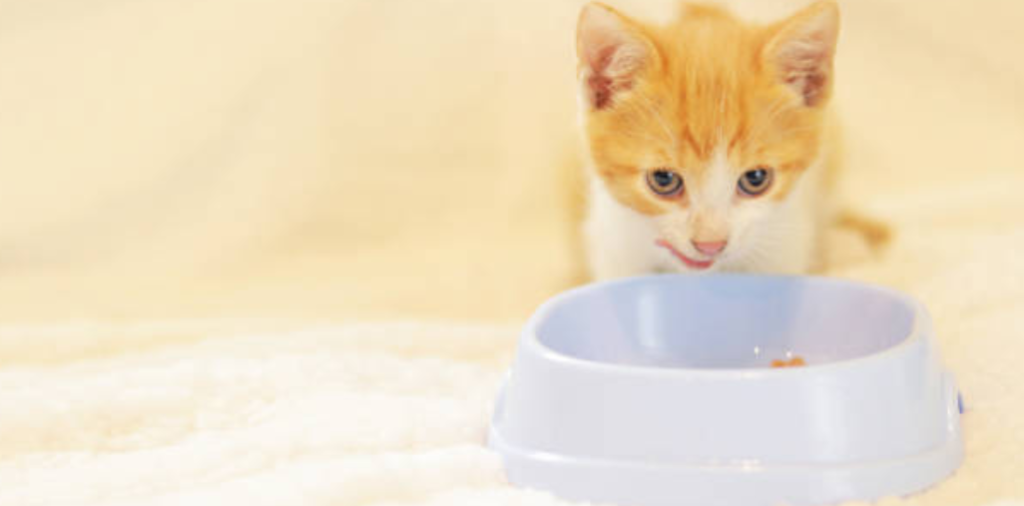
Dental Health: A Key Factor in Feline Eating Habits
A while back, I noticed that Whiskers was avoiding wet food more than usual. A visit to the vet revealed that dental issues might be the culprit. Some cats experience discomfort while chewing wet food if they have dental problems. Taking care of her dental health has made a significant improvement in her eating habits.
Identifying Medical Issues Affecting Appetite
One evening, I noticed Whiskers was barely touching her wet food. Concerned, I took her to the vet, where it was discovered she had an underlying health issue. Cats might avoid wet food when they are not feeling well. It’s essential to rule out any medical conditions that could be affecting their appetite.
Creating a Calm and Relaxed Feeding Space
Cats are sensitive creatures, and even the slightest disturbances during mealtime can affect their eating habits. I’ve found that providing Whiskers with a quiet and stress-free feeding space has encouraged her to eat wet food more willingly.
The Impact of Stress on Feline Eating Patterns
Cats, like humans, can experience stress, and it can manifest in various ways, including a loss of appetite. Changes in the household, such as moving or introducing a new pet, can stress out Whiskers and lead her to avoid wet food.
10 Savage Cat Facts That Will Amaze You and Make You Smile!
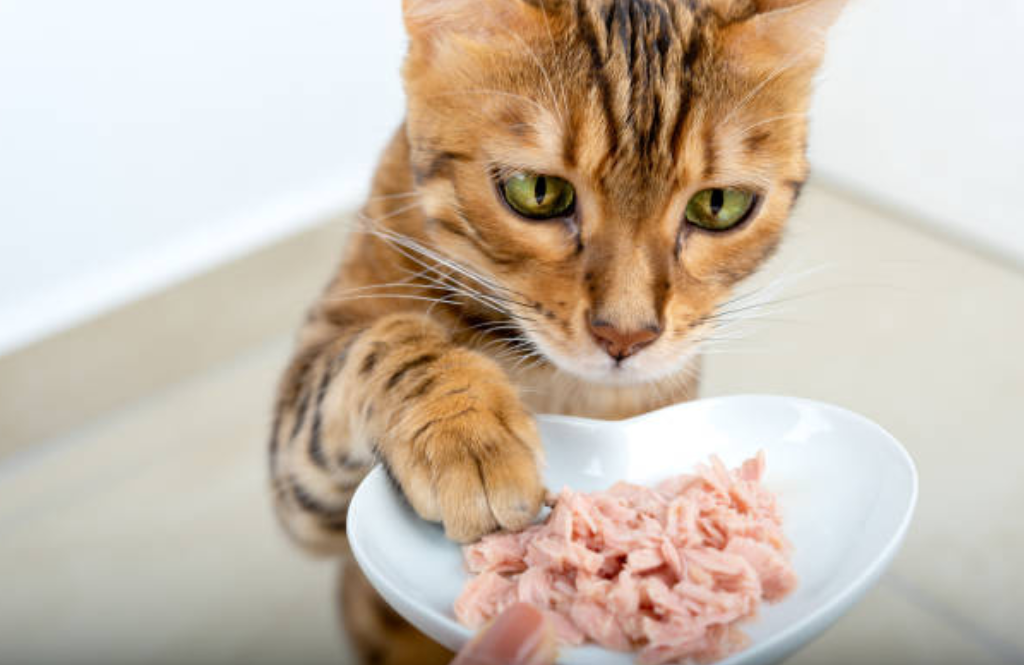
Gradual Transitioning to Wet Food
Switching Whiskers’ diet from dry to wet food wasn’t an overnight success. I had to take it slowly, mixing a bit of wet food with her dry kibbles. Gradual transitioning helped her get accustomed to the new taste and texture.
The Power of Warmth: Heating Up the Meal
One trick that worked wonders for Whiskers was warming up her wet food slightly. The slightly elevated temperature enhanced the aroma, making the food more appealing to her keen nose.
Additions and Toppers: Tempting Treats for Your Cat
To make wet food more enticing, I experimented with various toppers like tuna flakes and a sprinkle of catnip. These additions not only added flavor but also made the meal more enjoyable for Whiskers.
Knowing When to Seek Professional Advice
If all else fails, don’t hesitate to seek advice from a veterinarian. A professional can identify any underlying health issues and provide tailored solutions for your cat’s unique situation.
Cat won’t eat wet food, the most relevant content around the net is pets.stackexchange.com, www.purina.co.uk, www.petsradar.com
Frequently Asked Questions About Cat Won’t Eat Wet Food
8 Surprising Reasons Why Chocolate Bad for Cats: Protect Your Feline Friends!
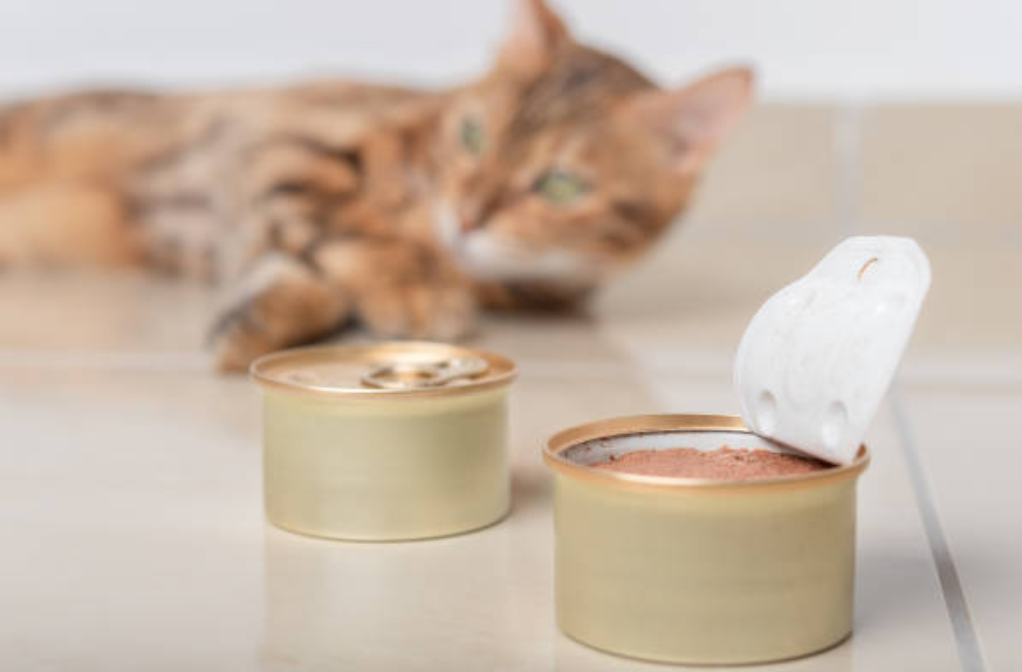
Q: Why does my cat refuse to eat wet food?
A: Cats might avoid wet food due to sensory sensitivity, texture issues, or dental problems. Additionally, stress, health issues, or environmental changes can impact their appetite. Gradual transitioning, adding toppers, and creating a calm feeding space can help entice them to try wet food.
Q: Should I be concerned if my cat consistently avoids wet food?
A: Yes, if your cat consistently avoids wet food, it’s essential to monitor their eating habits. Consult with a veterinarian to rule out any underlying health issues or dental problems that might be affecting their appetite.
Q: Can I mix wet and dry food for my cat?
A: Yes, mixing wet and dry food can be beneficial, especially during the transition phase. Gradually blend small amounts of wet food with their dry kibbles to help them get accustomed to the new taste and texture.
Q: What can I do to make wet food more appealing to my cat?
A: Warming up the wet food slightly can enhance the aroma and make it more enticing. Adding toppers like tuna flakes or catnip can also add flavor and make the meal more enjoyable for your feline friend.
Q: How often should I feed my cat wet food?
A: The frequency of feeding wet food depends on your cat’s age, weight, and dietary needs. Typically, offering wet food once or twice a day alongside regular meals can be a good starting point.
Q: What if my cat refuses to eat anything at all?
A: If your cat stops eating altogether, it’s crucial to seek immediate veterinary attention. Loss of appetite can be a sign of an underlying health issue, and prompt medical evaluation is necessary to ensure your cat’s well-being.
7 Fantastic Ways Hills Cat Food Boosts Your Feline’s Health and Happiness
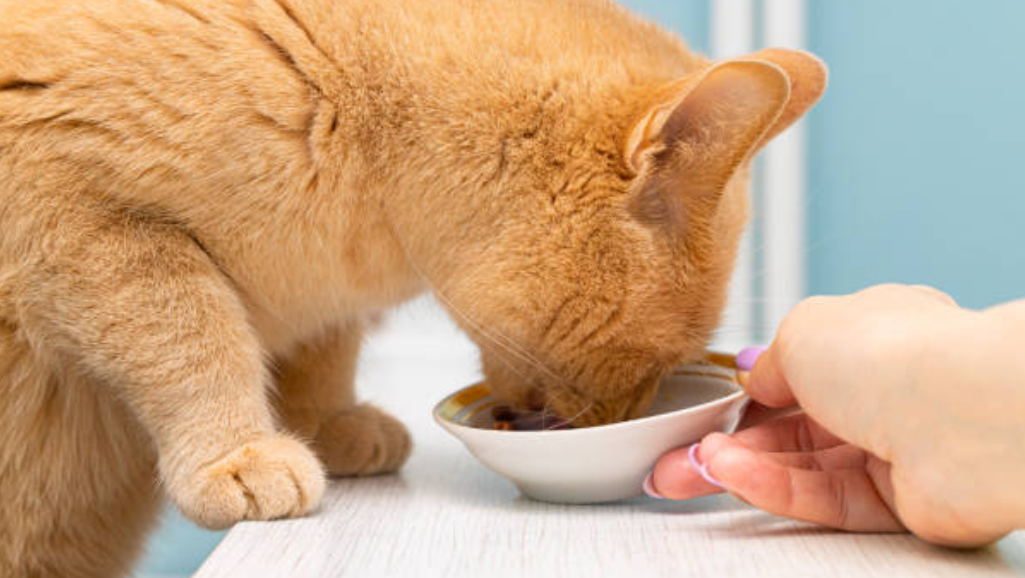
Q: Can stress or environmental changes affect my cat’s appetite?
A: Yes, cats are sensitive creatures, and stress or environmental changes can significantly impact their eating habits. Moving to a new home, introducing a new pet, or disruptions during mealtime can cause them to avoid food. Providing a calm and relaxed feeding space can help alleviate stress-related feeding issues.
Q: Is it okay to free-feed my cat with wet food?
A: Free-feeding wet food is generally not recommended. Unlike dry kibbles, wet food can spoil quickly when left out for extended periods, leading to potential health risks. It’s best to feed wet food in portioned meals to ensure freshness and maintain a healthy eating routine.
Q: Are there specific flavors of wet food my cat might prefer?
A: Cats can have individual taste preferences. Experiment with different flavors and varieties of wet food to find the one your cat enjoys. Some cats prefer fish-based flavors, while others might lean towards chicken or beef.
Q: My cat is a picky eater. What should I do?
A: Picky eating is common in cats. To entice your cat to try new foods, introduce variety in their diet, and be patient. Offer different textures and flavors, and avoid pressuring them to eat. Over time, they might become more open to trying new foods.
Q: How can I monitor my cat’s eating habits effectively?
A: Keeping a food journal can help track your cat’s eating habits and identify any changes or patterns. Note the types of food, portion sizes, and any significant changes in appetite or behavior.
Q: What if I’ve tried everything and my cat still won’t eat wet food?
A: If your efforts to encourage your cat to eat wet food have been unsuccessful, it’s crucial to consult with a veterinarian. A professional can conduct a thorough examination, address any health concerns, and provide tailored advice to improve your cat’s eating habits.
Conclusion
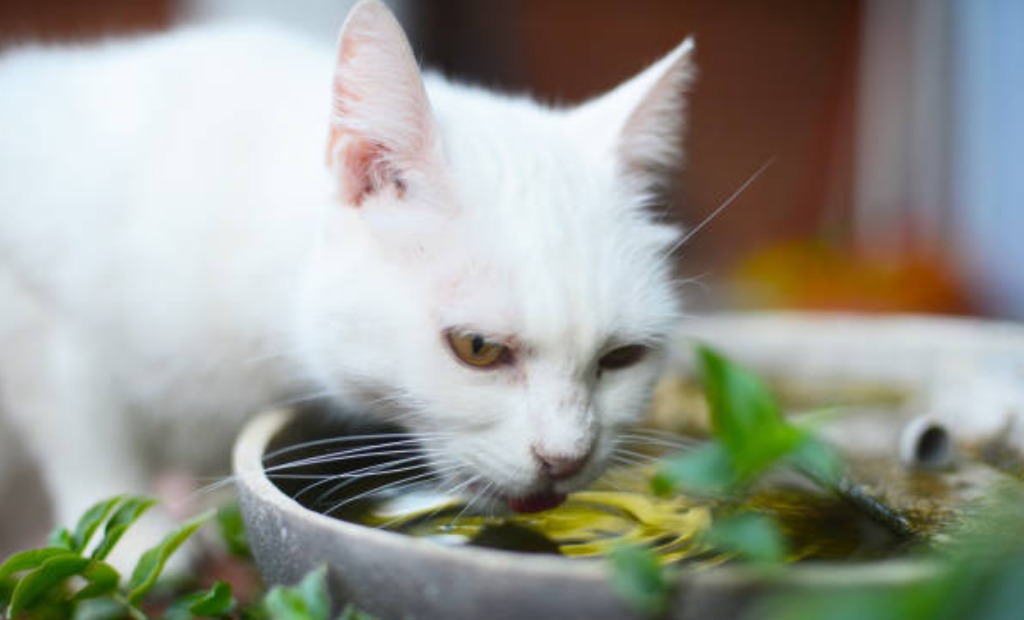
Embracing Your Cat’s Unique Dietary Preferences
As I continue to explore the world of feline eating habits, I’ve learned that each cat is an individual with specific preferences. Whiskers’ journey towards embracing wet food has been an enlightening experience. By understanding the reasons behind her aversion, I can now ensure she enjoys a healthy and balanced diet. As cat owners, let’s cherish and embrace the unique dietary preferences of our feline friends and continue to unlock the mysteries of their appetites!
7 Surprising Facts About Cats Eating Litter: Best Unveiling the Truth Behind Feline Habits
We value your thoughts and experiences, and we want to hear from you! Your feedback and comments are essential in shaping the content we provide and making it even more valuable for you. Whether you have additional insights to share on the topic, personal stories related to the subject matter, or questions you’d like us to address, we encourage you to leave a comment below. Let’s create an engaging and interactive community where we can learn from each other and build a supportive environment. Your participation is invaluable to us, and we can’t wait to hear from you!
